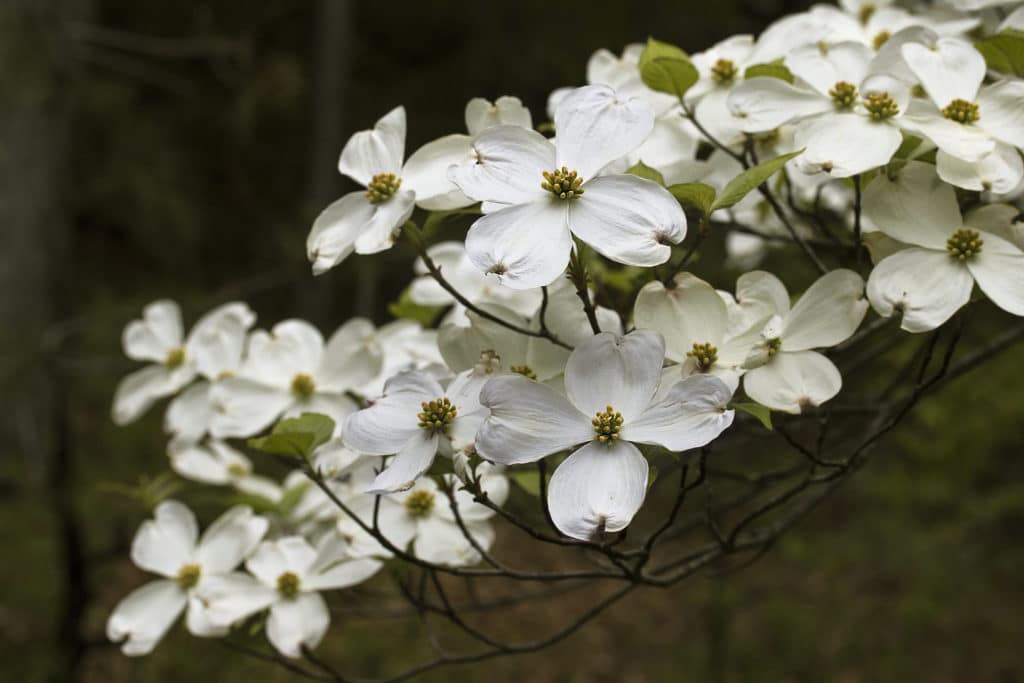Traditional Building, edited by Nancy Berry, may not take the longest to get through, but of the magazines I subscribe to, it is the one I long for the most whenever it comes out. I closely peruse all of the lush and colorful adverts for architectural services and crafted ornament. And the feature articles are a marvel to behold. I linger over the photographs and try to drink in all the detail conveyed by the journal’s excellent staff of writers.
A good example is the article by Nancy Ruhling about a garden gate designed by New Haven architect Robert Orr. I was stopped in my tracks while thumbing through its pages by the photo above. The wrought-iron roses twining through the curling metalwork of the gate are a masterpiece of craftsmanship. The lower part of the gate is a miniature fence to keep bunnies from feasting on the flowers of the garden behind the gate. The garden was designed by Robert’s wife, Carol Orr. The rose garden is in the rear of an 1843 Greek Revival house in Essex Village, Conn., which Orr’s firm was hired to “renovate” (meaning, I hope, to restore).
The photographs that accompany Ruhling’s essay are by Peter Aaron and the firm Garden Iron.
The gate, crafted by Chis Anderson of Garden Iron, in Westbrook, Conn., along with the obelisk behind it (designed by Orr for a limestone base, also designed by Orr and carved by the client’s sculptor in Paris) are engulfed in New Dawn roses – of the climbing persuasion – and Winchester Cathedral roses. Whatever they are, they do sound beautiful! The rest of the garden, writes Ruhling, features
forget-me-nots and bleeding hearts and peonies, … caryopteris and Little Lime hydrangeas. In between, there are bursts of poppies, foxgloves, catmint, and Montauk daisies. Eight other varieties of Austin Roses in shades of pink are planted within the border.
Invasions by young rabbits was a prime motivation for the gate:
which they consider edible delicacies. To that end, the bottom third of the gate, which is flanked by rustic granite pillars, is a series of fence-like rails that culminate in spiked arrows spaced just far enough apart to keep the rabbits at bay.
Orr adds:
If you look closely, you will see that many of the arrows are rose canes, complete with blooms, that wind themselves through to the top of the gate. … The roses were very carefully designed – they had to look like they were growing from the gate. They are integral to the design.
Ruhling adds:
They weave themselves around the main design element, an elegant quatrefoil that was inspired by that on a gate in the historic garden at Dumbarton Oaks created by Mildred Bliss, in collaboration with landscape designer Beatrix Farrand.
Unstated, and unnecessary to state, is what I naturally take away from this gate, so pleasingly described, which is that neither it nor it like are conceivable beyond the realm of the traditional architecture that is Orr’s specialty. (He and I are members of the New England chapter of the Institute of Classical Architecture & Art, headquartered in Boston.)
The gate is a masterpiece inspired in part by the gate at Dumbarton Oaks, in Washington, D.C., where I went as a third-grader (if I recall correctly) to collect fallen leaves, such as sassafras, from the trees of autumn. I know nothing at all about verdure of any sort, though I can distinguish a sassafrass leaf from the droppings of an oak tree. And I swear I can admire the shapeliness of leaves without memorizing the names of the trees they fall from. Although I admit that retaining such nomenclature would more fully clutter my memory.
The chief quality of traditional architecture (and landscape architecture, for that matter) is that you need not know much about it to enjoy its charms, which, unlike the various embellishments that modernists sometimes ‘fess up to, you don’t need an expert to explicate its meaning in order to grasp its enchantments. The gate is also inspired by the Garden of Eden, and I suppose some explication might be needed these days to understand that.
In regard to the gate’s handle, Orr offers this: “It’s like the snake is guarding the garden. You literally have to pull it to gain access.”
Okay. I suppose one must admit that the imagery is quite exciting.





When people think about trees in Washington, D.C., many automatically think about the famous Japanese cherry trees that line the Tidal Basin.
But equally beautiful ecosystem specific trees common to the DC area are just as pretty.
Flowering dogwood

Red Maple
https://cdn11.bigcommerce.com/s-fxo1ou3uum/images/stencil/1280×1280/products/247/1336/Red_Maple_Tree_1__64122.1611271532.jpg?c=2
Eastern Redbud

LikeLike
DC based magazine published garden lists. One notable venue was a house supporting Native planting. As all plants in the garden originated in what used to be the Ecosystem of DC Area.
And there’s a wide variety plants from the DC area that look positively other worldly.
LikeLike
Pingback: Robert Orr’s Gateway to Heaven | Emerald Coast Real Estate | The Jabbour Luxury Group
Now that you mention it, my fav magazine as well.
LikeLike